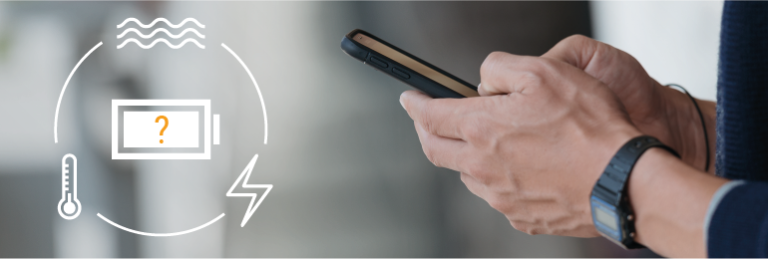by Scott Elrod

(From the editor: This article has been excerpted from the PARC blog.)
When people think of printing, they think of ink on paper.
The scientists at PARC see things in a broader sense – and this emerging view has potential to change the world of electronics, transportation and energy. PARC is pioneering new processes that use printing to create surprising categories of products with intelligence of their own.
Take, for example, the rapidly growing market for printed and flexible electronics. PARC believes this will become a multi-billion dollar market, offering less costly and more efficient ways of making simple circuits, which is a driver in growing the Internet of Everyday Things.
Because printed circuits can be so inexpensive compared to today’s silicon-based chips, a myriad of new categories of products that don’t exist today can be imagined – products that can be manufactured en masse and also personalized to fit an individual’s needs.
Harvest Energy
Printing creates devices that harvest energy from ambient light or radio signals, in order to power sensors without the need for wires or batteries.
Fully-printed harvesting devices still have a way to go, but the technology is moving fast toward applications for the Internet of Things. PARC is using high-speed, roll-to-roll printing to create energy-harvesting antennas that capture energy from Wi-Fi, GPS or cell phones to power small sensors, the type that could be attached to a wall or integrated in a building’s infrastructure.
The meta-material-inspired antenna allows it to both efficiently capture and convert energy, even when it is much smaller in size than the wavelengths of energy being captured. This enables devices to be small and energy efficient.
The Power of Printing for Printed Power
The inspiration for PARC’s battery electrode printing came from a combination of lateral thinking and personal hygiene.
A researcher working on a fuel cell device had been grappling with a tricky problem when the Eureka moment finally struck – not in the bath tub, but not far from it either.
Striped toothpaste squeezed from the tube was the surprising source of an interesting idea. Could the same principle – multiple materials extruded through a nozzle – be applied on a micro scale to print structures?
It could! The result was a ground-breaking new technique called co-extrusion (CoEx).
By pushing highly viscous pastes through fine channels, you can control the geometrical structures created on a substrate with great precision. On solar cells, that means you can make super-fine silver gridlines to maximize the surface area on which the sun can do its power-generating work.
Applying CoEx to printed batteries, you can create optimal electrode structures that boost either power or energy density or both. This breakthrough, low-cost approach can be applied to mass manufacturing of most battery chemistries.
We’re now working to use the technique in automotive battery printing. In an electric car battery, this one technology change has the potential to boost mileage up to 20 percent. This improvement is in contrast to the typical year-over-year improvement for batteries of around 7 percent.
Cumulative Gains
At PARC we’ve learned that a combination of deep competency and fresh thinking can open doors. Whether it’s toothpaste-inspired printed batteries or meta-material-printed antennae – or even self-destructing microchips – smart people with capabilities in one field can generate discoveries in others.
No innovation is an island. Just as expertise in one domain can be carried over to another, one application of a technology can breed more. PARC’s work with the U.S. government’s Defense Advanced Research Projects Agency (DARPA) is proof.
Visit PARC at the Energy Innovation Summit
Visit PARC at ARPA-E (Booth 526) in Washington, D.C. February 29 through March 2, 2016. The U.S. Department of Energy’s Advanced Research Projects Agency-Energy (ARPA-E) will host the Energy Innovation Summit. ARPA-E invests in transformational ideas to create America’s future energy technologies.
DARPA turned to PARC to develop early detection technology that can be installed on soldiers’ helmets in order to monitor blast impact and prevent brain trauma. PARC printed components for a tape-like blast dosimeter that met DARPA’s requirements: Low-cost and disposable but still able to measure data at extreme levels.
The lessons learned in the development of this military application have served to advance printed sensors to the point that they can now be used in patient health monitoring, packaging and structural monitoring, and other areas that require flexible, low-cost sensors.
The potential for new applications is unlimited, and progress is accelerating. When the cost-effectiveness of printing techniques is coupled with innovative thinking about new use cases, world-changing ideas become reality.
At PARC, we’re doing our part to drive that progress forward, always with one eye on the next challenge, and one on the experiences of the past.




Thanks for posting such a professional article.
[…] Read More: https://simplifywork.blogs.xerox.com/2016/02/22/printings-next-frontier-energy-and-batteries/?utm_co… […]